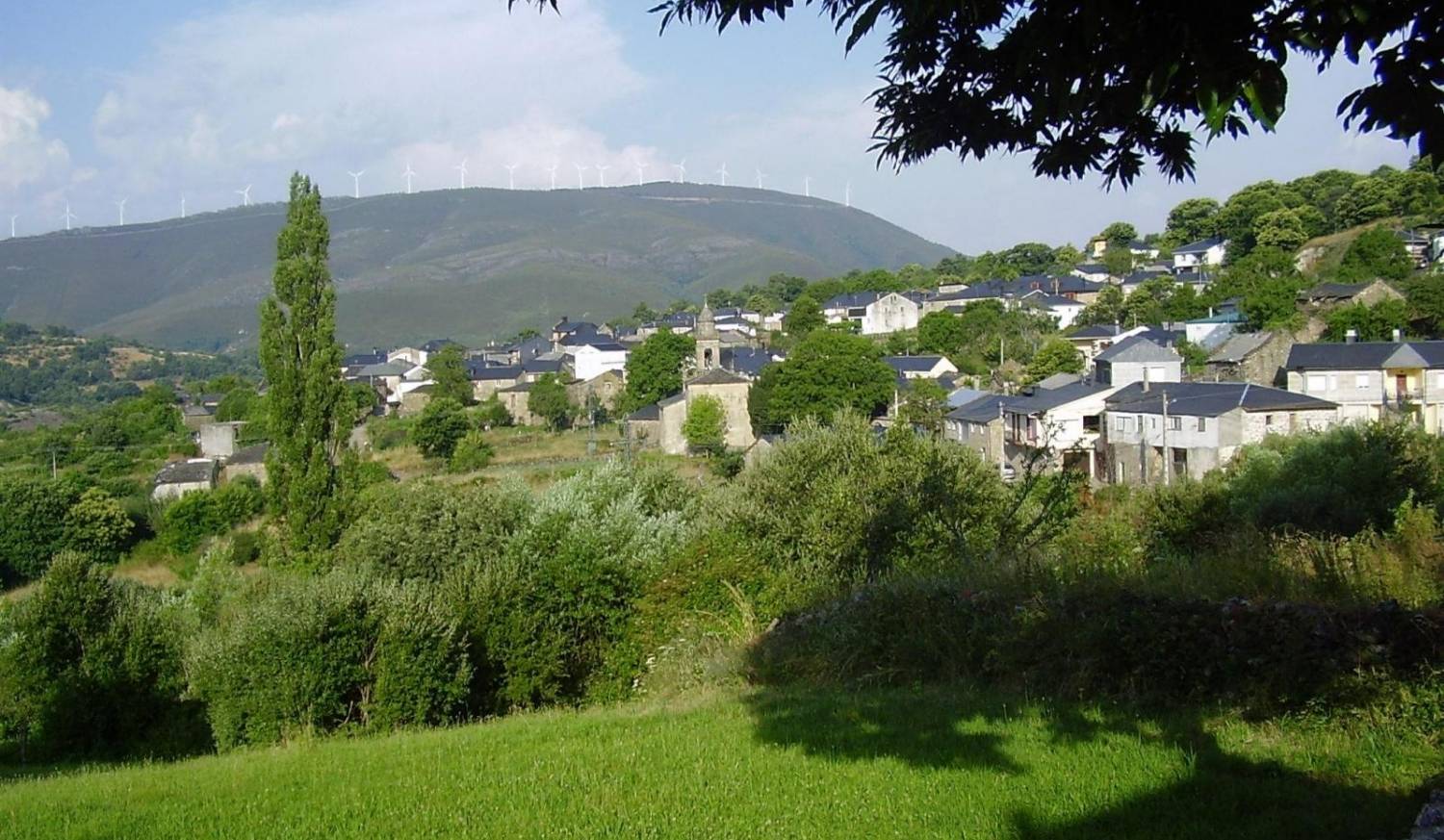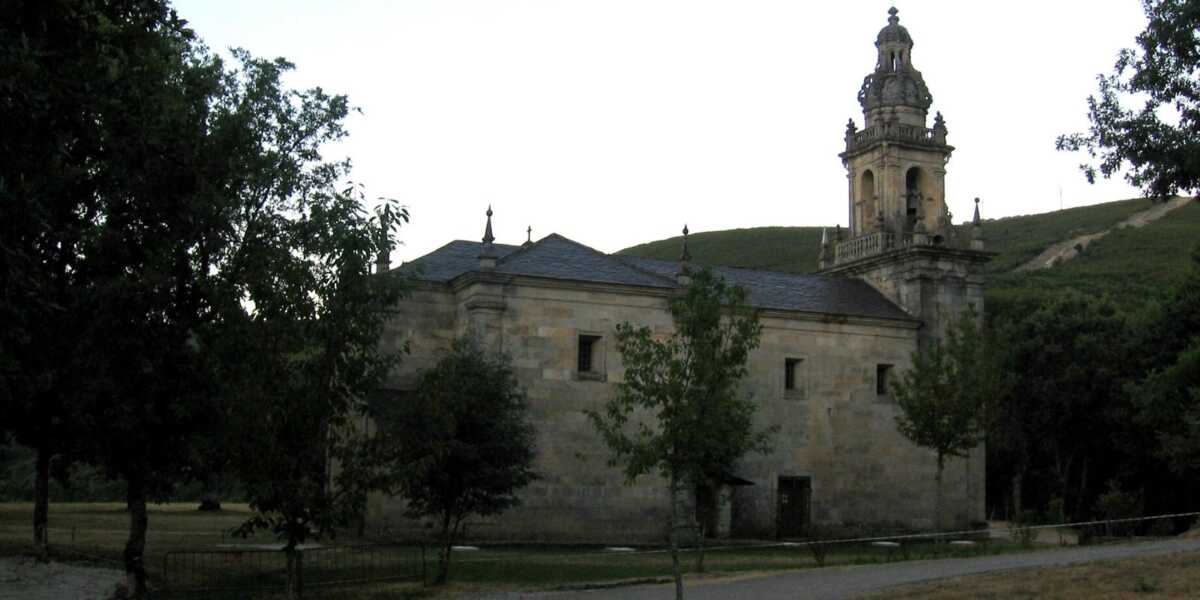
Information about Lubián
The town of Lubián is a gateway to many places. It is the border locality between the Leonese province of Zamora and the Community of Galicia. It is also a border between Spain and Portugal. And is that this bordering municipality welcomes us in the province of Ourense to all pilgrims coming from the Camino Sanabrés.
This small village of only three hundred inhabitants welcomes us with a particularity, and that is that although Galician is not an official language in Zamora, by the simple proximity of this town with Galicia and with the Portuguese country, many of its speakers are bilingual.
It is the last village on the Mozarabic Way before entering Galicia, and is therefore a tourist enclave located in the Alta Sanabria, where you can enjoy both its natural landscapes and its magnificent points of cultural interest.
What to see and do in Lubián
The Tuiza Sanctuary
Once located in the Cavados area, this church was moved to Lubián in the 18th century and it is said that it was moved stone by stone. It has a Latin cross plan with a mixture of Galician and Zamora styles. It is built with ashlar pillars and was declared of cultural interest in 1995.
Castro of as muradellas
Dating back to the Iron Age, this pre-Romanesque castro was declared a site of cultural interest in 1994 and was characterised by its exemplary defensive fortification, of which some remains can still be glimpsed.
Church of San Mamés
With a late baroque style, this church built under the dedication of San Mamés, presents a main façade with a wonderful carving of the same one. Its decorated bell tower covered with a small dome also predominates.
Cortello dei Lobi
This curious building was built by the ancient hunters to catch the wolf, and it is a circular enclosure of 30 meters in diameter of stones without any mortar. This type of construction was the ideal way to trap wolves because of its structure, as the animal could enter but not leave.
Festivities of Lubián
This village also celebrates several festivities such as the local festivity (8th and 9th September), the Romería de la Tuiza (the last weekend of September) or the festivity of the Virgen de la Tuiza (5th August). In addition to them, we can also attend unique events such as Nas Portelas, a folk rock and traditional music festival also in the month of August.











